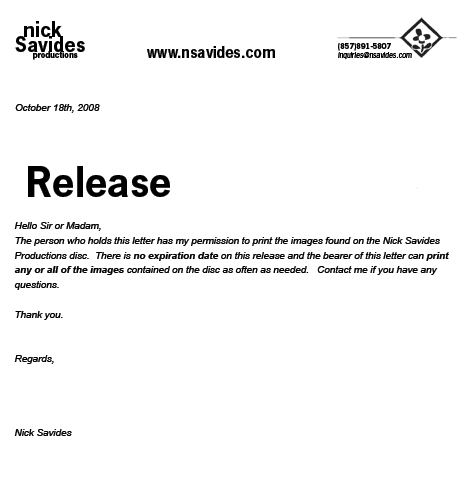I cringe when I enter some places. Certain homes, businesses, and community establishments have this hard-to-describe, but easy-to-perceive corporate quality to them that makes me want to leave as quickly as possible. Target isn’t one of those places.
I go to Target sometimes even when I am not planning to buy anything. Unlike other stores, no one tries to pressure me into buying something as soon as I walk into the door. As long as I don’t linger after closing time, I can stay as long as I want without getting the stink eye from one. When I do have to make big purchases, I think of Target.
So why exactly do I go to Target when I’m not making a purchase? Well, the delightful variations of good design on display inspire me. Seriously. I love how Target makes design a priority without being snobbish about it. They hire top notch designers like Sami Hayek to create fun and fashionable stuff, but the prices make practical-minded people smile. (I would say practical-minded people like myself, but then I am only practical-minded about fifty percent of the time. Maybe less. Still it’s a good thing to practice.)
The corporate thing to do these days in the worlds of fashion and design is to posture like a rock star and mark up the prices accordingly. Fortunately for us, Target doesn’t do the corporate thing … at least not here.
Target’s dedication to design is evident in almost every one of their commercials. Here’s one of my favorites:
The commercial shows us a playful and deliberately designed world that includes samples of the gadgets you can buy at Target. As we watch, we’re reminded that Target cares about accessible design. Plus the Target logo is incorporated into the beginning and the end of the commercial, which helps us remember what the commercial is about. Most of the time, it takes only one viewing for me to remember a Target commercial. There are so many other ads that I’ve seen 7-8 times, and I still can’t remember what product is being advertised. And I study advertisements, people, so someone out there isn’t doing his job very well.
But enough of a digression. One reason Target’s ads work so well is because of the company’s clearly defined reason for existence. If you go to their site about themselves (found here), you’ll note that they have an entire heading dedicated to design. Even more impressive to me was their 64 page PDF on Corporate Responsibility. It’s a document that’s easy to look at and one full of beautiful pictures and informative text. Among other things, the PDF explains how Target gives back 5 percent of profit to the local communities where they operate, how they promote safety in and around their stores, and what they’re doing to protect the environment and promote sustainability.
Does that mean they’re a perfect company? Of course not. Like any organization, I’m sure there’s room for improvement. But, when you spend the time and money to put together a polished, 64-page document about how your company tries to make the world better, it shows that you care about more than just making money.
What can you learn from Target? Make your reason for being more important than your pursuit of profit or measurable results, and create environments where people enjoy lingering by meeting their needs and being hesitant about the hard sell. I need to be inspired, and I’ll reward places that inspire me with my time, money, and participation. Other people need to be informed, to have internet access, to feel comfortable, secure, or appreciated. Serve the need and you’ll get your reward eventually, whether it’s a financial, social, or spiritual reward that you seek.
Of course, this doesn’t apply just to places selling things. When I first started working for Canon, I would leave the office as soon as I could. But that’s changed now that I’ve developed good relationships with my coworkers and my supervisors. When I’m off the clock, I can get other stuff done in the office, so I linger sometimes, and I avoid rush-hour traffic in the process. That adds values to my life, and so I’m more likely to stay with Canon as an employer.
My church has an artistic, friendly sensibility so I sometimes go a few minutes early and linger for a few minutes after the service ends. But, you can bet an entire collection of in-your-face Jesus stickers that I’d get the hell out of a corporate church as fast as possible, and I do mean hell in the most literal of ways.
Whatever you do, don’t do everything just to gain money or popularity or measurable results. That’s corporate thinking and that kind of thinking isn’t welcome here.
